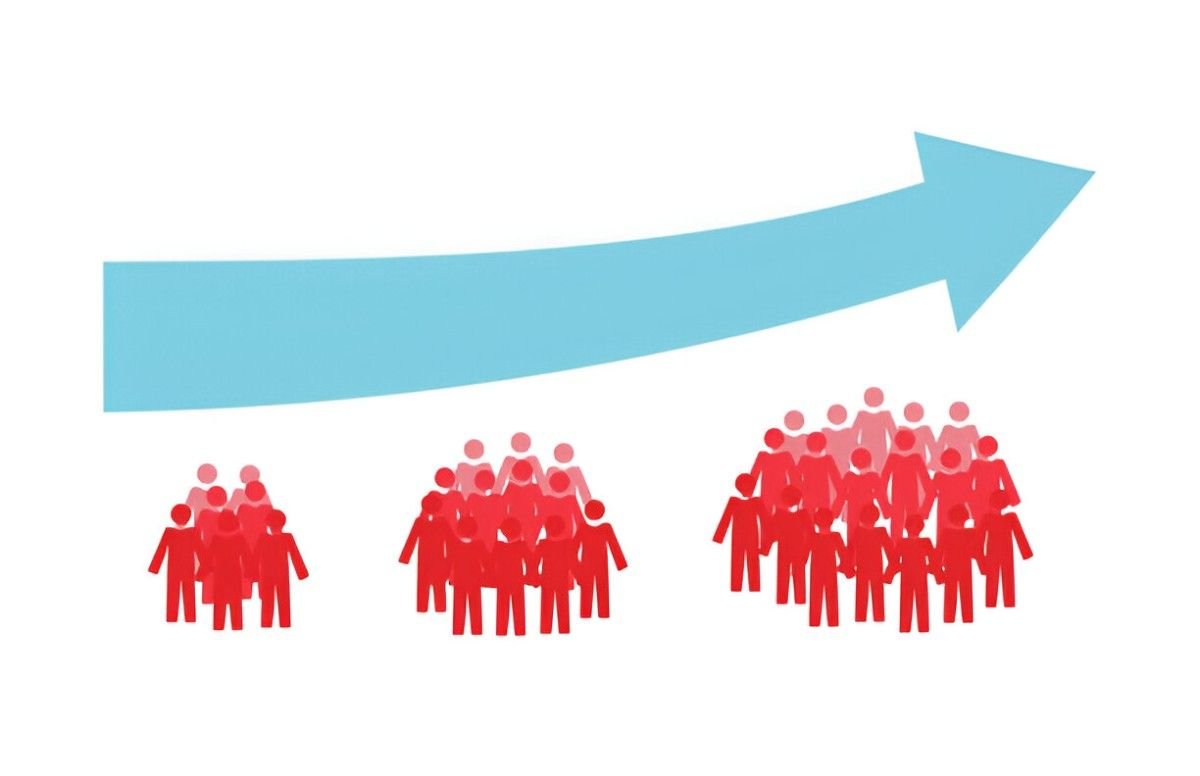Demographic analysis helps us understand how populations change over time. Whether we study birth rates, migration patterns, or aging societies, we rely on population hypotheses to make sense of the data. In this guide, I explain the core concepts of demographic analysis, the mathematical models behind it, and how these ideas apply to real-world scenarios—particularly in the U.S.
Table of Contents
What Are Population Hypotheses?
A population hypothesis is a testable assumption about how a population behaves. It could be about growth trends, mortality rates, or migration effects. Demographers use these hypotheses to predict future changes and inform policy decisions.
For example, the U.S. Census Bureau projects population growth using assumptions about fertility, mortality, and net migration. If any of these assumptions change, the projections must adjust.
Key Demographic Variables
Three primary factors influence population dynamics:
- Fertility Rate – The average number of children born per woman.
- Mortality Rate – The number of deaths per 1,000 individuals in a year.
- Migration – The net change in population due to people moving in or out.
We can express population growth using the basic demographic equation:
P_{t} = P_{0} + (B - D) + (I - E)Where:
- P_{t} = Population at time t
- P_{0} = Initial population
- B = Births
- D = Deaths
- I = Immigration
- E = Emigration
Example Calculation
Suppose the U.S. has an initial population (P_{0}) of 330 million. Over a year:
- Births (B) = 3.8 million
- Deaths (D) = 2.9 million
- Immigration (I) = 1.1 million
- Emigration (E) = 0.3 million
Plugging into the equation:
P_{t} = 330 + (3.8 - 2.9) + (1.1 - 0.3) = 330 + 0.9 + 0.8 = 331.7 \text{ million}The population grows by 1.7 million in a year.
Common Population Hypotheses
1. Malthusian Theory
Thomas Malthus argued that population grows exponentially while food supply grows linearly, leading to inevitable scarcity. His hypothesis:
P(t) = P_{0}e^{rt}Where:
- P(t) = Population at time t
- P_{0} = Initial population
- r = Growth rate
However, technological advancements in agriculture have kept food production ahead of population growth, challenging Malthus’s dire predictions.
2. Demographic Transition Theory
This model suggests that as economies develop, populations move through four stages:
- High birth and death rates (Pre-industrial)
- Declining death rates, high birth rates (Industrializing)
- Declining birth rates, low death rates (Industrialized)
- Low birth and death rates (Post-industrial)
The U.S. is in Stage 4, with low fertility (~1.6 births per woman) and low mortality.
3. The Cohort-Component Method
Used by the U.S. Census Bureau, this method breaks the population into age-sex cohorts and projects each separately:
P_{a+1, t+1} = P_{a,t} - D_{a,t} + M_{a,t}Where:
- P_{a,t} = Population of age a at time t
- D_{a,t} = Deaths in this cohort
- M_{a,t} = Net migration
Testing Hypotheses with Real Data
Let’s compare two U.S. states with different demographic trends:
| State | Fertility Rate (2023) | Net Migration (2023) | Projected Growth (2030) |
|---|---|---|---|
| Texas | 1.8 | +250,000 | +4.5 million |
| Vermont | 1.4 | -2,000 | -15,000 |
Texas grows due to higher fertility and strong in-migration, while Vermont faces decline from low birth rates and outmigration.
Policy Implications
Understanding population hypotheses helps governments plan for:
- Healthcare – An aging population requires more elderly care.
- Education – Fewer children may reduce school demand.
- Housing – Migration surges increase housing needs.
For example, the U.S. Social Security system relies on a stable worker-to-retiree ratio. If fertility stays low, funding shortages may arise.
Conclusion
Population hypotheses guide how we interpret demographic shifts. By studying fertility, mortality, and migration, we can predict future trends and make informed decisions. Whether analyzing local census data or global population models, these principles remain essential.





